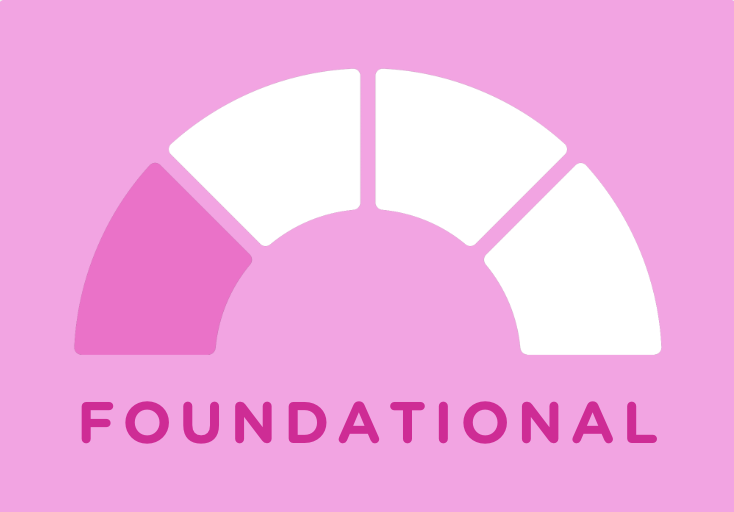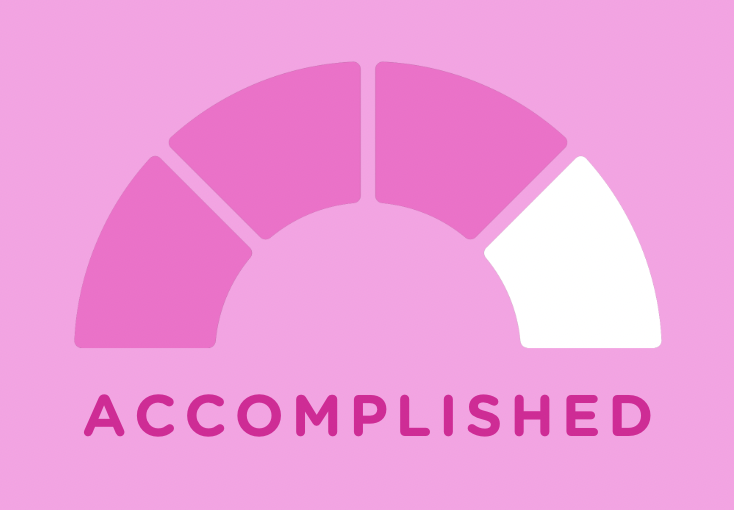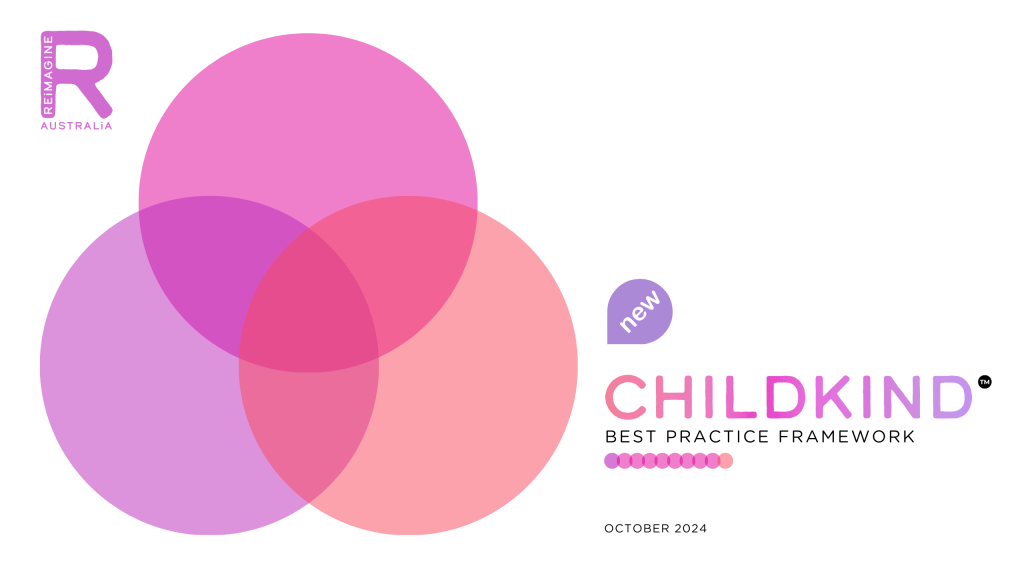KEY COMPETENCY 4.1 – INDIVIDUALISE MY SUPPORTS
“I will set clear SMART priorities and goals to tailor support to the unique needs of each child and family, implementing functional and participation-based goal setting.”
Priority and Goal Setting is the first competency under the ‘Individualise My Supports’ Way of Working, and relates to the ‘design and delivery of services and supports‘ phase of the child’s early developmental support journey. It is important for:
Individualised Support: Establishing clear priorities and goals allows practitioners to tailor support strategies that address each child’s unique needs, fostering more effective interventions.
Measurable Outcomes: Goal setting provides a framework for measuring progress, enabling tracking of developments and adjust strategies as needed.
Empowerment: Involving families in the goal-setting process empowers them to take an active role in their child’s development, enhancing collaboration and commitment to achieving desired outcomes.
Focus and Direction: Clear priorities help to stay focused on the most critical areas of a child’s development, ensuring resources are used efficiently and effectively.
Priority and goal setting involves working collaboratively with families to identify clear, achievable objectives that are meaningful to both the child and the family. This process ensures that support is individualised and responsive to the unique needs and aspirations of the child and family. Why is it important? Setting clear priorities and goals helps to focus interventions, ensuring that efforts are aligned with what is most important for the child and family. When goals are collaboratively set, families feel more engaged and empowered in their child’s development journey.
Research states that the importance of family-centered goal setting in early childhood intervention, where collaborative approaches result in more effective and sustainable outcomes. Setting priorities allows for targeted interventions that are tailored to the child’s specific developmental needs.
Research and Further Reading:
Dunst, C. J. (1997). Conceptual and empirical foundations of family-centered practice. In R. J. Illback, C. T. Cobb, & H. M. Joseph, Jr. (Eds.), Integrated services for children and families: Opportunities for psychological practice (pp. 75–91). American Psychological Association. https://doi.org/10.1037/10236-004
COMPETENCY MILESTONES

I am able to:
Understand and respect the family’s values, preferences, and needs when setting priorities and goals.
Participate in goal-setting discussions, ensuring all voices are heard.
Utilise SMART criteria to develop clear, achievable goals and regularly monitor progress.
Maintain thorough documentation, revisit goals regularly and support the child, families and carers to stay engaged in the goal-setting process.

I am able to:
Collaboratively set and adjust priorities and goals with families, ensuring alignment with their values, needs, and preferences.
Apply SMART criteria to develop clear, realistic goals, systematically tracking progress to ensure these goals are achievable and relevant.
Ensure consistent, high-level documentation and implement various strategies to encourage continuous progress and engagement.

I am able to:
Lead the goal-setting cycle, facilitating comprehensive discussions to align priorities with family values, needs, and preferences.
Coach and mentor colleagues on effective priority setting and SMART goal management.
Maintain high-level documentation and regularly review and update goals, engaging the child, family, and carers in the goal-setting process to ensure alignment with evolving needs and circumstances.

I am able to:
Champion a family-centered approach to priority setting across the organisation.
Develop and implement advanced strategies for aligning goals with family values, needs, and pref erences.
Evaluate and enhance the effectiveness of goal-setting cycles and documentation practices, driving systemic improvements and fostering a culture of motivation and progress.
Reflection questions are a valuable tool for practitioners, promoting self-awareness, critical thinking, continuous improvement, and stronger relationships in their work with children and families. Below are some reflection questions for Key Competency 4.1: Priority and Goal Setting:
Have I involved the family in setting priorities and goals for their child?
Are the goals we set aligned with the family’s values and the child’s developmental needs?
How often do I review and adapt these goals with the family?
Collaboratively setting priorities and goals ensures that interventions are meaningful and effective, empowering both the child and family.
(Dunst, 2007, p. 5).
Access more information on the ChildKind Best Practice Framework with its 10 Ways of Working, 30 Key Competencies and 8 supporting Values and Behaviours here:
